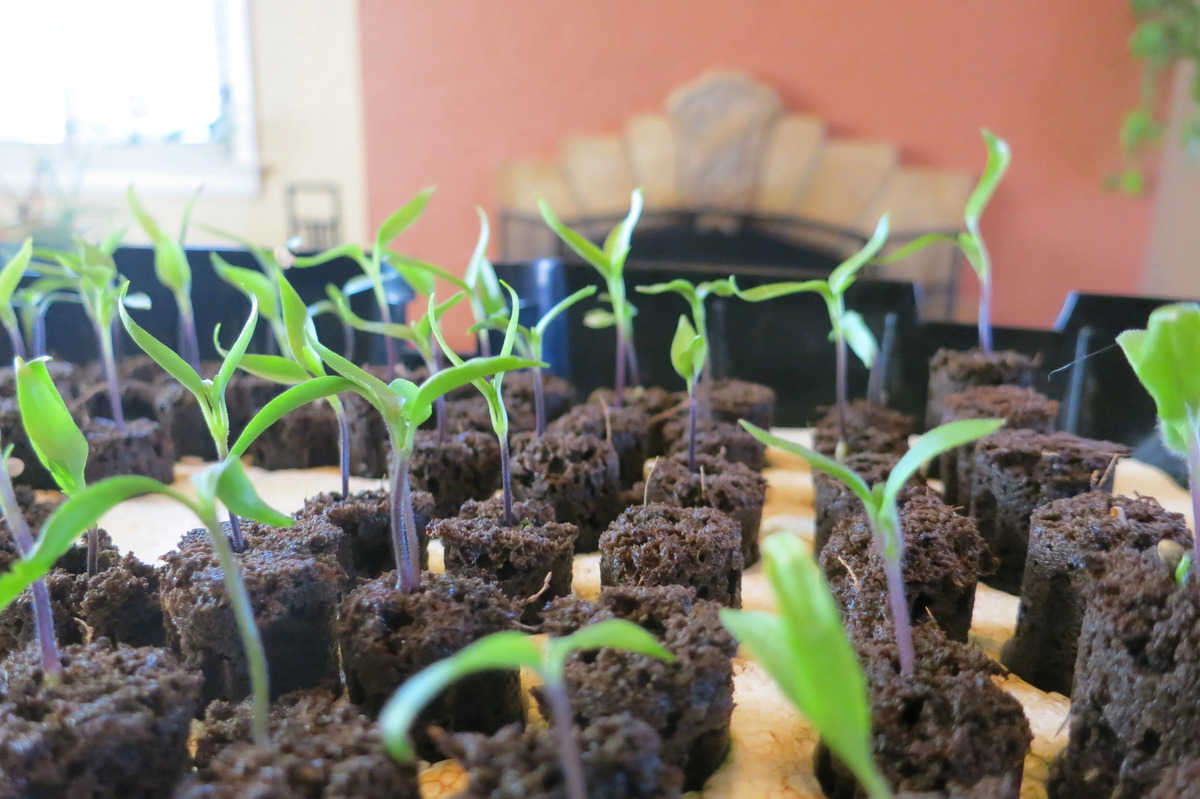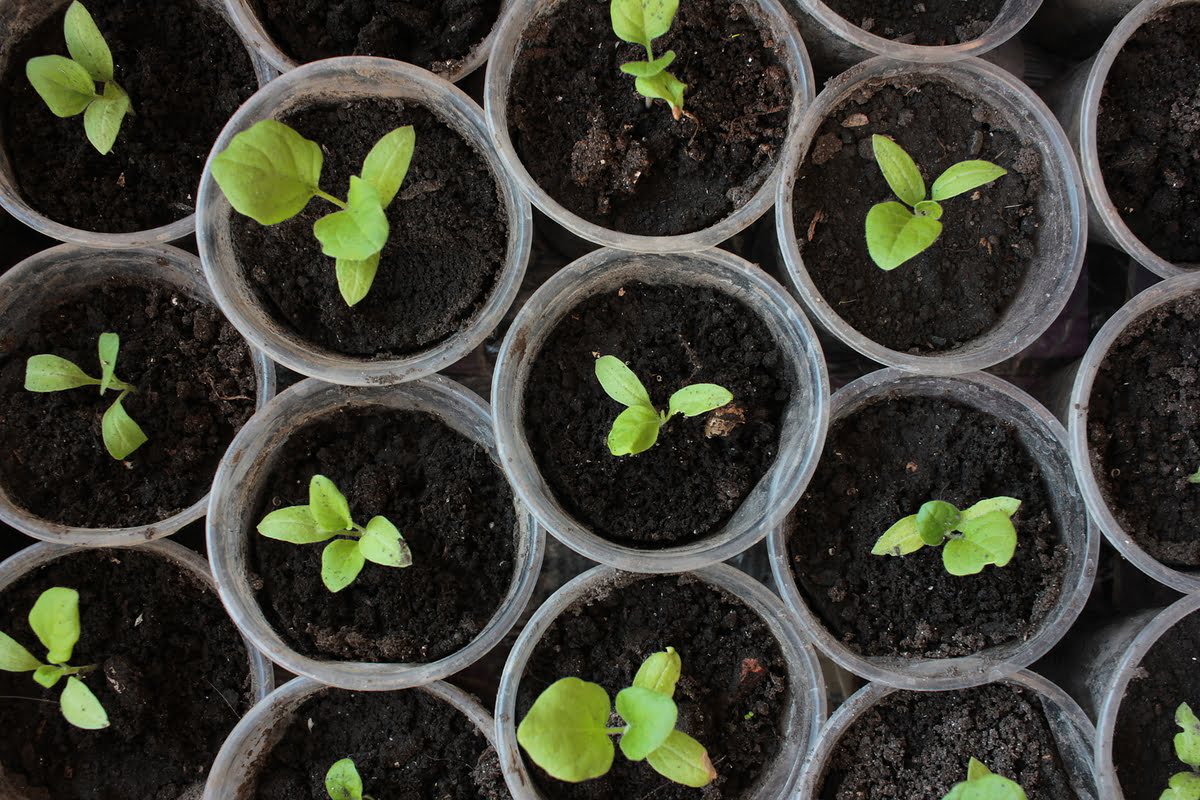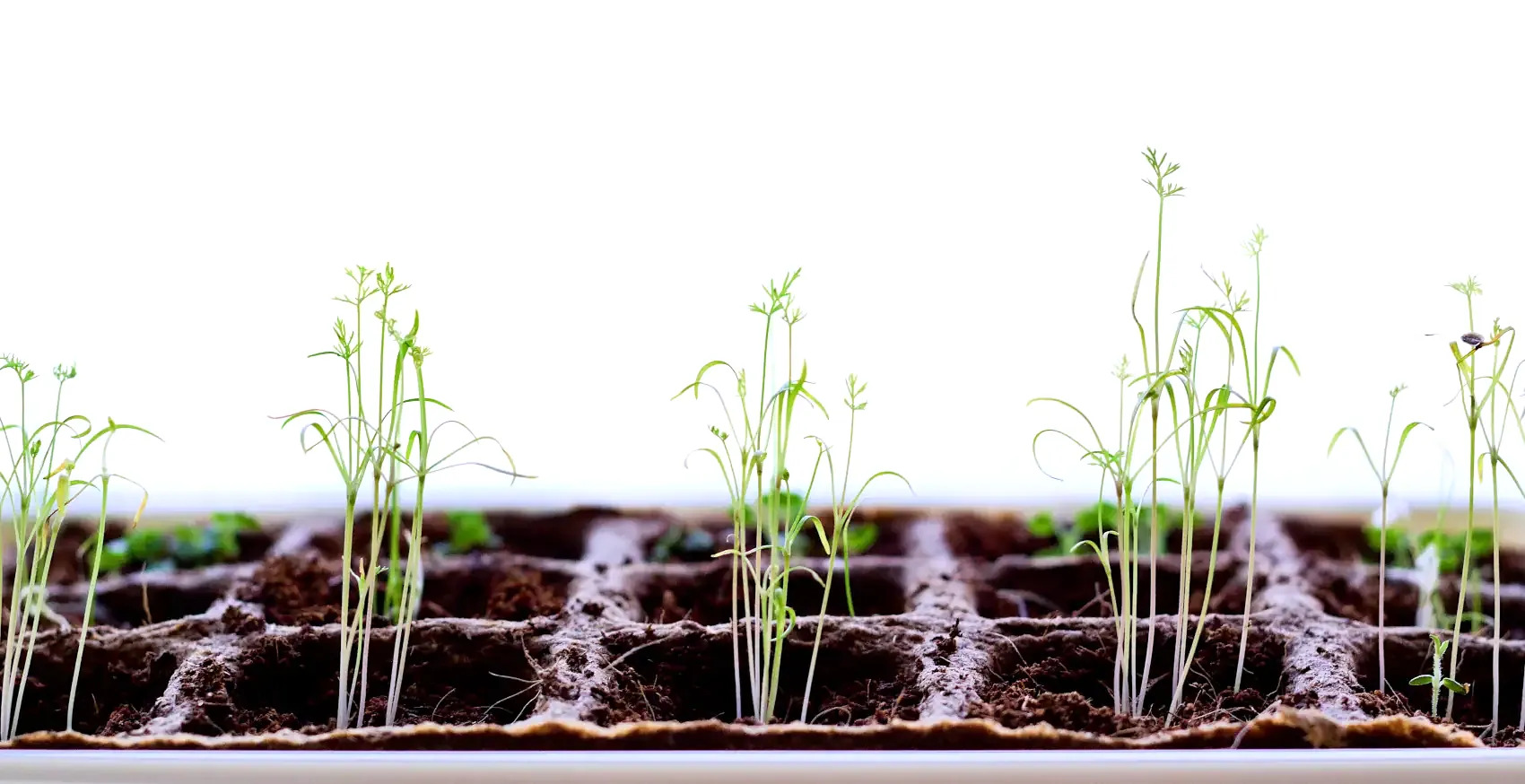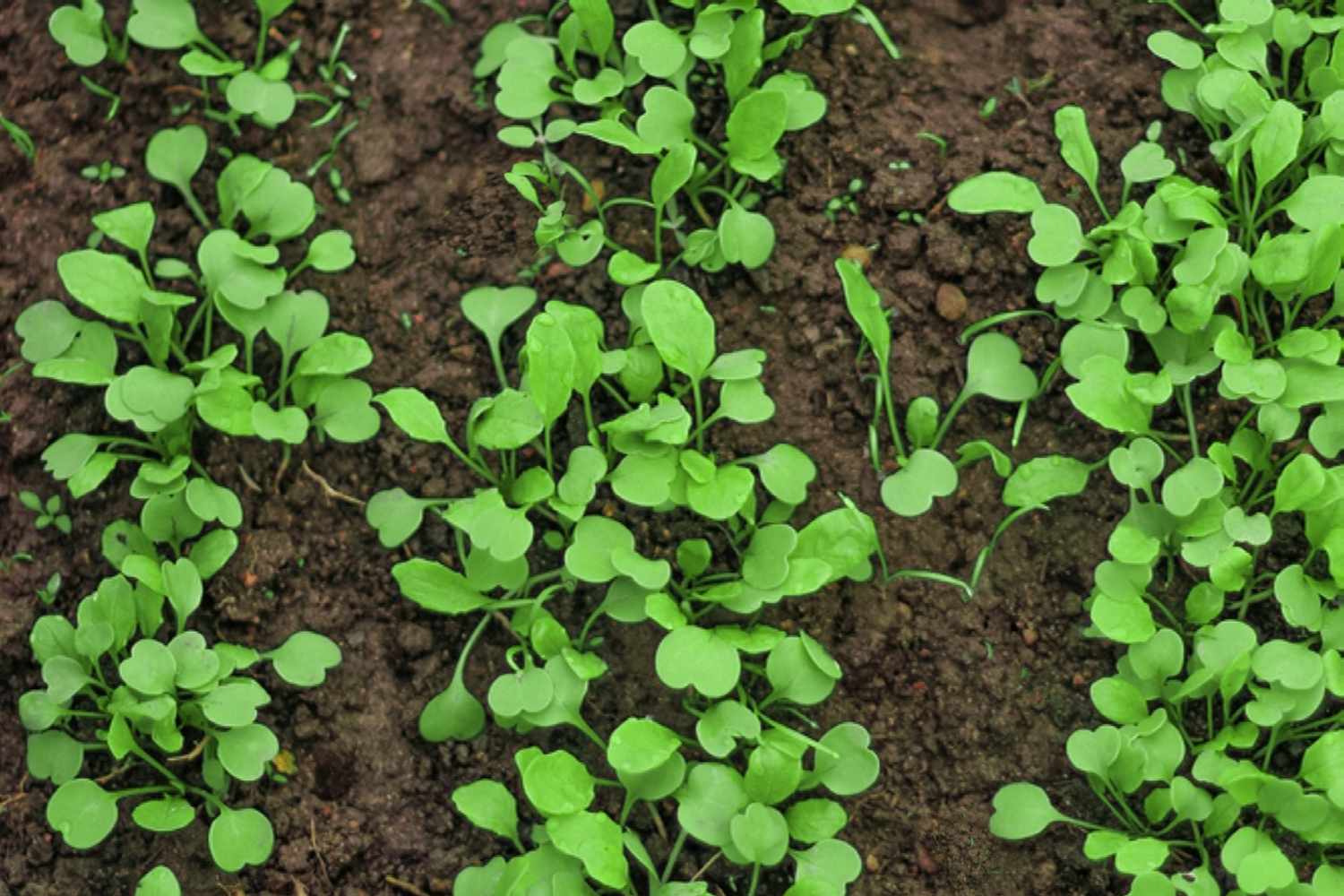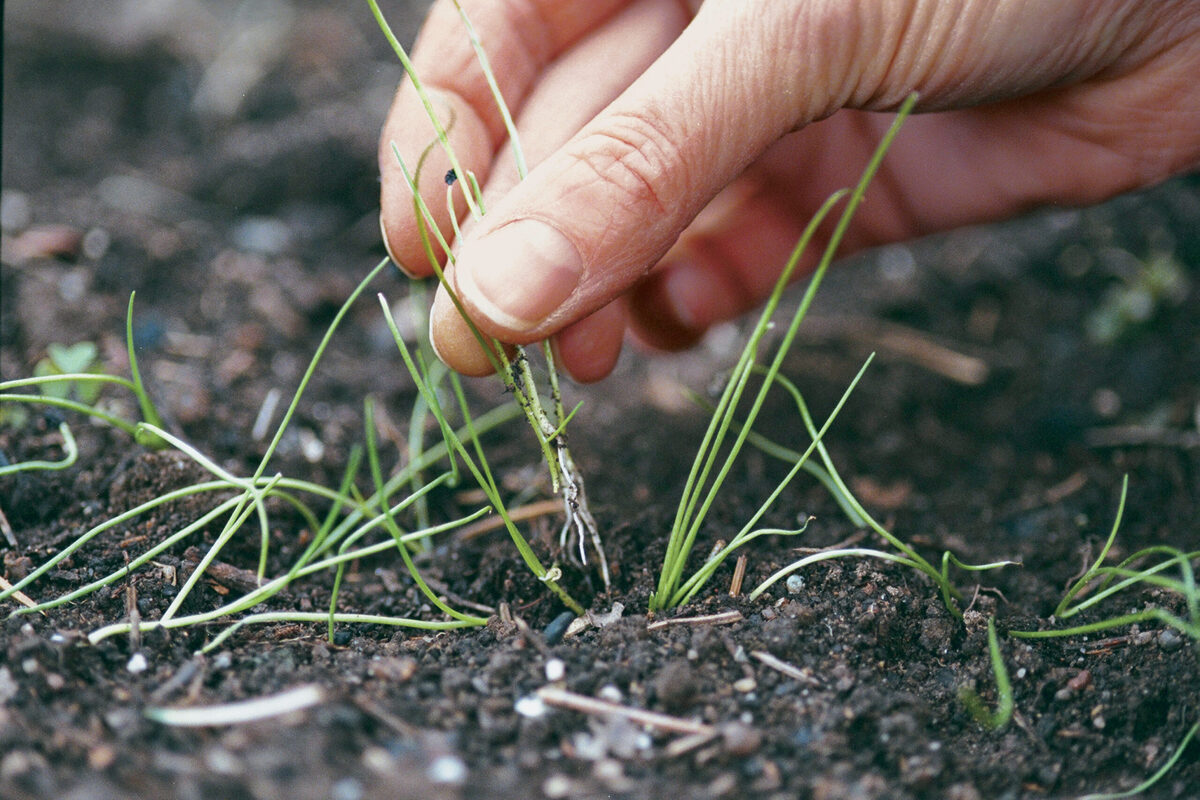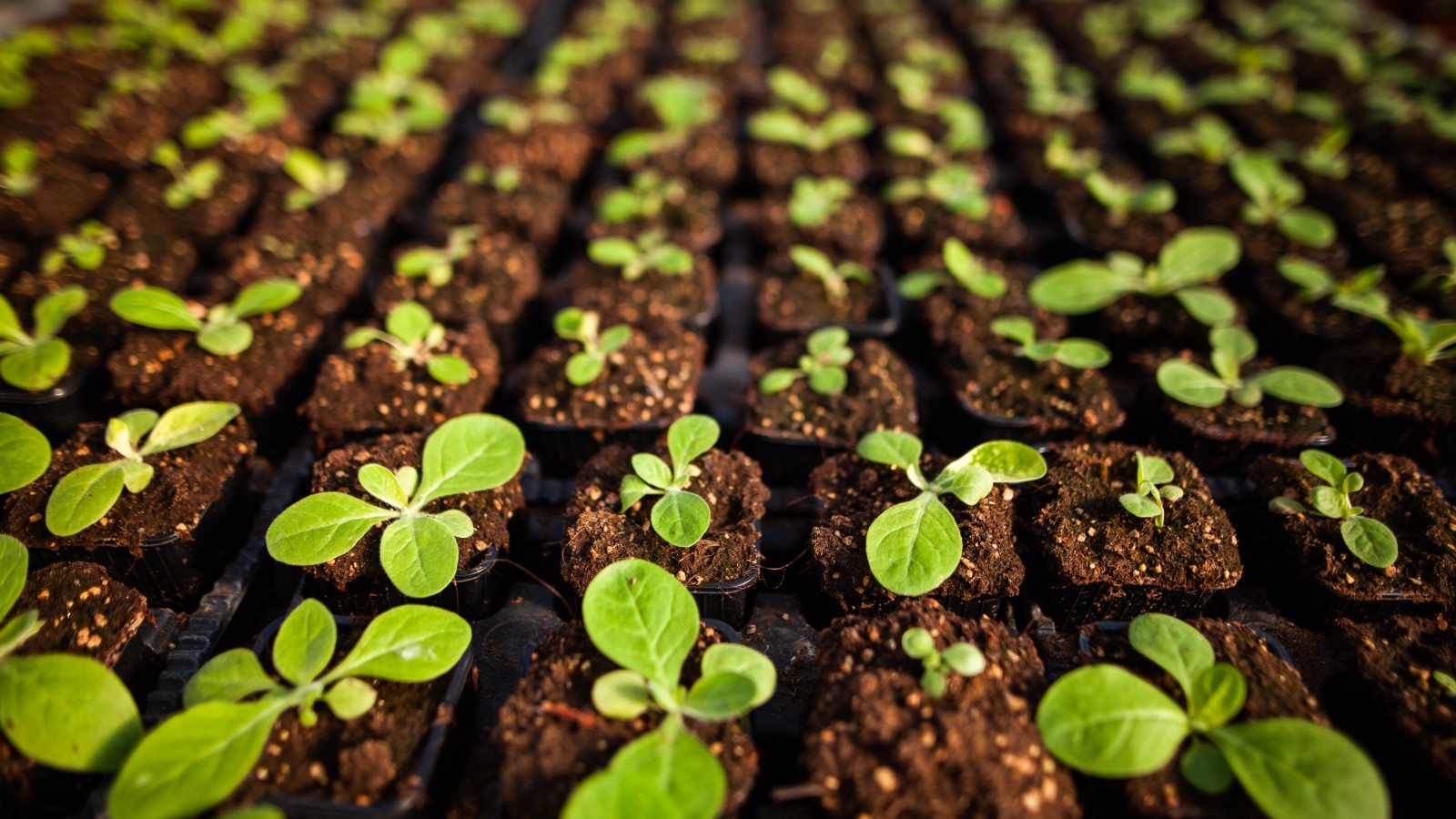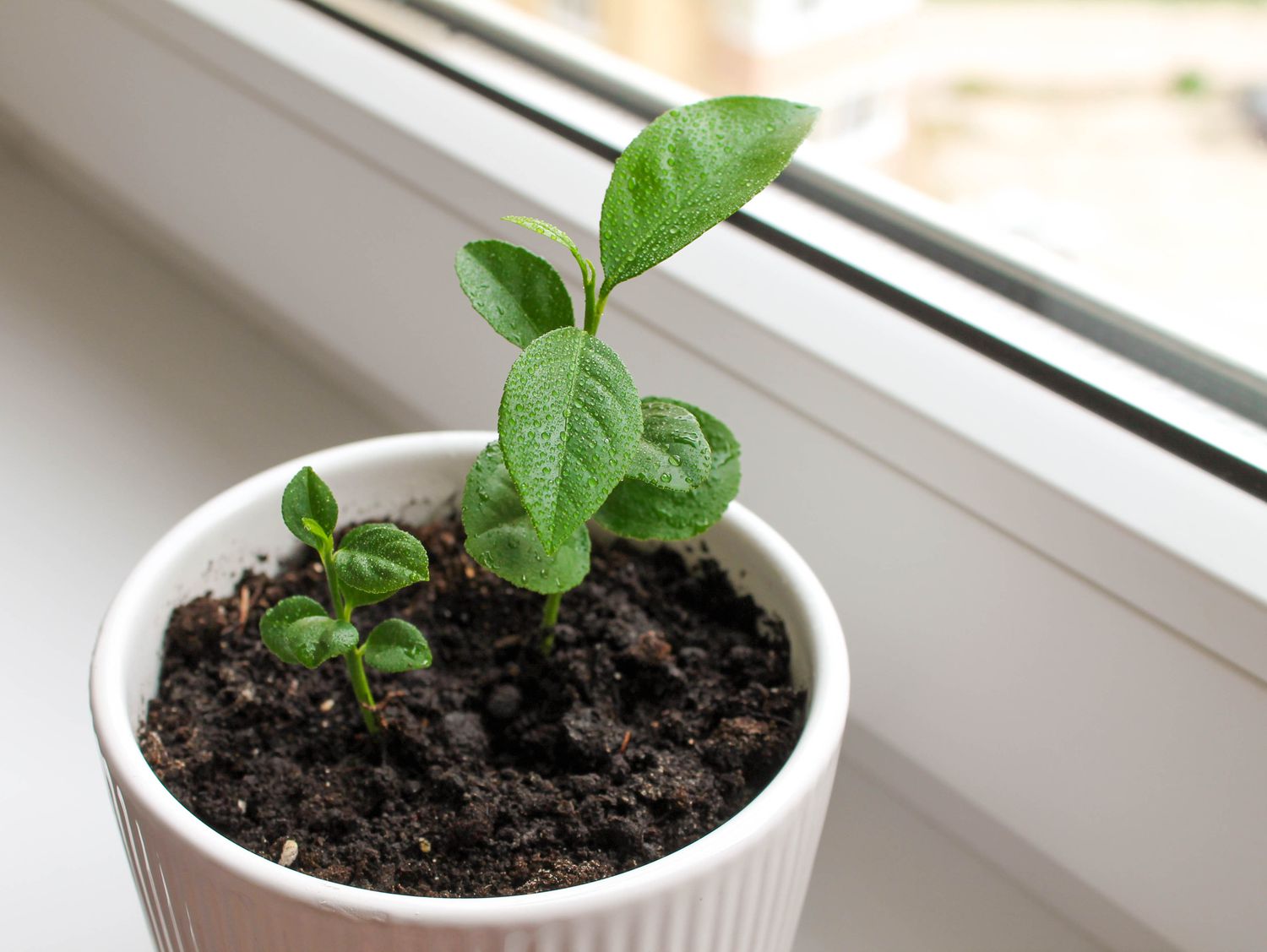Home>Types of Gardening>Ornamental Gardening>When To Feed Weed Seedlings


Ornamental Gardening
When To Feed Weed Seedlings
Published: January 4, 2024
Learn the best timing and methods for feeding weed seedlings in your ornamental garden. Discover expert tips for healthy growth and vibrant blooms.
(Many of the links in this article redirect to a specific reviewed product. Your purchase of these products through affiliate links helps to generate commission for Chicagolandgardening.com, at no extra cost. Learn more)
Table of Contents
Introduction
Understanding the Growth of Weed Seedlings
Welcome to the world of ornamental gardening, where the care and nurturing of plants are a labor of love. As you embark on your journey to cultivate a beautiful garden, it’s essential to understand the specific needs of each type of plant you choose to grow. Weed seedlings, in particular, require careful attention and proper feeding to ensure their healthy development and vibrant presence in your garden.
As a gardener, it’s crucial to grasp the unique characteristics of weed seedlings. These young plants are at a delicate stage of growth, and their nutritional requirements differ from those of mature plants. Understanding the distinct phases of a weed seedling’s development is fundamental to providing the appropriate care and nourishment they need to thrive.
In this article, we’ll delve into the factors to consider when determining the optimal time to feed weed seedlings. By gaining insight into the specific needs of these young plants and recognizing the key factors that influence their growth, you’ll be better equipped to make informed decisions regarding their care. Let’s explore the intricate world of weed seedlings and uncover the ideal conditions for nourishing their growth.
Understanding Weed Seedlings
Weed seedlings, the young and tender offspring of unwanted plants, are often misunderstood and underappreciated. These delicate plants, often considered nuisances, possess unique characteristics and growth patterns that set them apart from other ornamental plants. Recognizing the distinct traits of weed seedlings is essential for effectively nurturing them and preventing their proliferation in your garden.
Unlike mature plants, weed seedlings are in the early stages of their life cycle, characterized by rapid growth and vulnerability to environmental stressors. Their small size and fragile nature make them susceptible to competition from established plants and adverse weather conditions. However, despite their diminutive stature, weed seedlings exhibit remarkable resilience and adaptability, traits that have enabled them to thrive in diverse ecosystems.
One defining feature of weed seedlings is their ability to germinate and establish themselves in a wide range of soil types and moisture levels. Their opportunistic nature allows them to colonize bare patches of soil, quickly spreading and competing for essential resources such as sunlight, water, and nutrients. This inherent vigor and tenacity make weed seedlings formidable adversaries in the battle for garden dominance.
Furthermore, weed seedlings exhibit diverse growth habits, with some species producing prolific seedlings that rapidly populate the surrounding area, while others may spread through underground rhizomes or stolons. Understanding the reproductive strategies of different weed species is crucial for implementing effective control measures and preventing their unchecked proliferation.
By gaining a deeper understanding of the growth patterns, reproductive mechanisms, and ecological roles of weed seedlings, gardeners can develop targeted strategies to manage and mitigate their impact on ornamental plantings. Recognizing the unique attributes of weed seedlings enables gardeners to approach their care and control with precision and insight, fostering a harmonious and thriving garden ecosystem.
Factors to Consider
When contemplating the optimal time to feed weed seedlings, several factors warrant careful consideration to ensure the provision of appropriate nourishment for their healthy growth. Understanding these key factors is essential for making informed decisions regarding the timing and method of feeding weed seedlings, ultimately contributing to the overall well-being of your garden.
1. Developmental Stage: The developmental stage of weed seedlings plays a pivotal role in determining their nutritional requirements. Young seedlings, in the early stages of growth, require a balanced supply of essential nutrients to support their rapid development and establishment. As they progress towards maturity, their nutritional needs may undergo shifts, necessitating adjustments in feeding practices to sustain their continued growth and vitality.
2. Environmental Conditions: The prevailing environmental conditions, including temperature, moisture levels, and sunlight exposure, profoundly impact the growth and metabolic activity of weed seedlings. Adverse environmental stressors can hinder nutrient uptake and utilization, necessitating strategic feeding to bolster the resilience of seedlings and mitigate the effects of unfavorable conditions.
3. Soil Composition: The composition of the soil in which weed seedlings are growing significantly influences their access to essential nutrients. Understanding the soil’s pH, nutrient content, and structural characteristics is crucial for devising an effective feeding regimen that addresses any deficiencies and optimizes the availability of vital elements for seedling growth.
4. Species-Specific Requirements: Different weed species may exhibit varying nutritional preferences and growth patterns, necessitating tailored feeding approaches based on their specific requirements. By recognizing the unique traits of different weed species and their responses to nutrient availability, gardeners can customize their feeding strategies to maximize the impact on weed seedling growth while minimizing the potential for unintended consequences.
5. Garden Management Goals: The overarching goals of garden management, such as promoting biodiversity, minimizing weed encroachment, and fostering the health of ornamental plantings, influence the timing and nature of feeding practices for weed seedlings. Aligning feeding strategies with broader garden management objectives ensures a cohesive and holistic approach to nurturing a vibrant and resilient garden ecosystem.
By carefully considering these influential factors, gardeners can navigate the complexities of feeding weed seedlings with confidence and precision, fostering their optimal development while safeguarding the overall health and balance of their garden environment.
When to Feed Weed Seedlings
Determining the opportune moment to feed weed seedlings is a critical aspect of their care, as it directly impacts their growth trajectory and overall vigor. While there is no one-size-fits-all approach to feeding weed seedlings, several key indicators and considerations can guide gardeners in making informed decisions regarding the timing of nutrient supplementation.
1. Early Growth Phase: During the initial stages of growth, weed seedlings are establishing their root systems and allocating resources towards foliar and stem development. Providing a gentle and balanced feeding regimen during this phase can bolster their resilience and promote robust early growth, setting the stage for healthy maturation.
2. Post-Germination Nutrient Boost: Following germination, weed seedlings benefit from a targeted nutrient boost to support their emergence and early establishment. Introducing a diluted, nutrient-rich solution can provide the essential elements needed to fuel their initial growth without overwhelming their delicate physiology.
3. Pre-Competition Preparation: As weed seedlings prepare to compete with surrounding vegetation for resources, strategically timed feeding can confer a growth advantage, enabling them to fortify their position and assert their presence in the garden landscape.
4. Environmental Stress Mitigation: In response to environmental stressors such as extreme temperatures, moisture fluctuations, or soil nutrient imbalances, providing supplementary nutrients at strategic intervals can bolster the resilience of weed seedlings, aiding in their ability to withstand adverse conditions and thrive despite external challenges.
5. Mid-Season Nourishment: As weed seedlings progress through their growth cycle, a mid-season nourishment session can replenish depleted nutrients and sustain their momentum towards maturity. Tailoring the nutrient composition to address specific deficiencies or growth requirements can optimize the impact of feeding during this critical phase.
6. Transition to Maturity: As weed seedlings transition towards maturity, adjusting the feeding frequency and composition to align with their evolving needs is essential. Balancing the provision of nutrients to support continued growth while preventing excessive vegetative expansion can contribute to the overall health and sustainability of the garden ecosystem.
By carefully observing the developmental milestones and environmental cues presented by weed seedlings, gardeners can discern the most favorable timings for feeding interventions, ensuring that these young plants receive the targeted nourishment needed to flourish amidst the complexities of the garden environment.
Conclusion
Embarking on the journey of nurturing weed seedlings within the intricate tapestry of an ornamental garden demands a nuanced understanding of their unique growth dynamics and nutritional requirements. By comprehending the factors that influence the optimal timing of feeding interventions and recognizing the pivotal moments in a weed seedling’s developmental journey, gardeners can adeptly navigate the complexities of nurturing these young plants.
From the delicate emergence of seedlings to their steadfast pursuit of growth amidst environmental challenges, the timing of feeding weed seedlings emerges as a crucial determinant of their ultimate success. By aligning feeding practices with the developmental milestones and environmental cues presented by weed seedlings, gardeners can provide targeted nourishment that fortifies their resilience and propels their growth towards maturity.
Furthermore, the art of feeding weed seedlings extends beyond mere sustenance, encompassing a strategic approach to garden management that harmonizes the needs of weed seedlings with the broader goals of cultivating a vibrant and balanced garden ecosystem. By integrating species-specific knowledge, environmental awareness, and a keen understanding of garden management objectives, gardeners can orchestrate feeding practices that not only nurture weed seedlings but also contribute to the overall health and beauty of their ornamental garden.
In essence, the decision of when to feed weed seedlings transcends the realm of mere timing; it embodies a profound understanding of the intricate interplay between plant physiology, environmental dynamics, and horticultural stewardship. As gardeners embark on this enriching journey, they are poised to cultivate not only thriving weed seedlings but also a deeper connection to the artistry and science of ornamental gardening.
